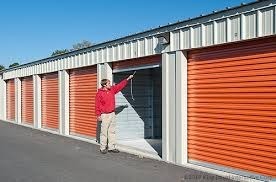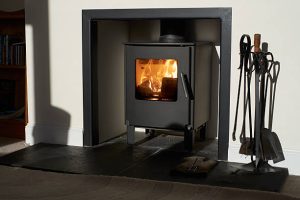So, you’re on a quest for the best GPS tracker for trucks? That’s not a walk in the park. There’s a mountain of choices, each shouting they’ll save you headaches and deliver peace of mind. But, a wise truck owner knows promises are cheap—features and performance matter more than shiny advertising.
First off, battery life should be front and center in your checklist. Some trackers sip power and last weeks, others guzzle it and cry for a charge after a weekend run. If you’re after something you can slap on a rig and almost forget, focus on wired units that draw from the truck’s electrical system. These guys work quietly in the background. For folks bouncing trucks between jobs or wanting stealth, battery-operated trackers offer flexibility, but you’ll need to keep an eagle eye on the charge.
Fleet managers: you’ll want real-time tracking, not updates every fifteen minutes like it’s dial-up in the ’90s. Up-to-the-minute data means you can respond to breakdowns, surprise detours, or cargo mischief in a snap. Some trackers even come with live driver behavior monitoring, flagging fast braking or speeding, which lets you cut down on fuel costs and reduce wear and tear. Imagine catching unsafe habits before they hit your bottom line. That’s peace of mind.
Let’s not gloss over installation. Some GPS trackers are as simple as plugging into an OBD-II port. Done in sixty seconds flat. Others require digging into the wiring under the dash, a job best left to someone who knows a spanner from a screwdriver. Sure, the wired systems are harder to spot and tamper with, but plug-and-play options are great if you’re moving devices between vehicles or testing the waters.
Data plans. Oh boy. This is where many stumble. Cheap hardware usually means expensive monthly fees tucked in the fine print. Trackers often need a SIM card with cell coverage across the country—or even international if your trucks cross borders. Double-check coverage maps. Trucks get cranky without a signal, and “coverage everywhere” doesn’t always mean Alaska or backroads Nevada.
Geofencing is the secret sauce for controlling routes. Set digital fences and get pinged if a truck dips a tire outside the boundaries. Receive alerts via email, text, or a flashy app notification. Yanking a driver out of bed for a false alarm is no one’s favorite midnight snack, though—so pick a tracker with smart sensitivity settings.
You’ll want user-friendly software, too. Clunky dashboards just slow you down. Crisp, simple interfaces let you check your fleet over coffee or during pit stops. Bonus points if the mobile app lets you spot all your trucks at a glance.
And don’t forget, the best GPS tracker for trucks is like the perfect co-pilot—it works reliably, helps you stay ahead, and doesn’t demand much attention. Anyone who’s spent hours scouring product reviews knows that some trackers are true workhorses, while others are all bark and limelight.
So, before throwing down your hard-earned dollars, jot a shortlist of must-haves—then pick a device that fits. No magic wands here, but a good tracker might save you more headaches than a fresh cup of coffee on a Monday dawn.











